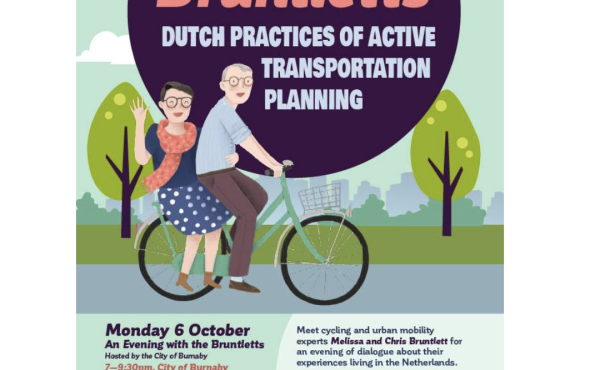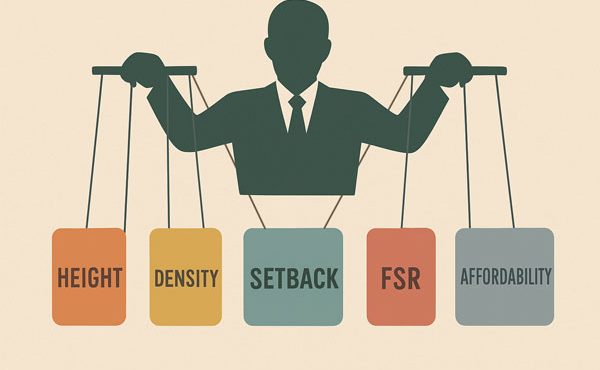The Architectural Institute of British Columbia invites submissions from those interested in speaking, participating in panel discussions or facilitating interactive workshops at the 2015 AIBC Annual Conference to be held at the Vancouver Conference Centre from Wednesday, October 28 to Friday, October 30, 2015.
About the Conference
The AIBC’s annual conference brings together architects, intern architects, architectural technologists, builders, engineers, interior designers, faculty, students and other members of the design community to learn about new industry and professional trends, technological advances and best practices. This annual gathering, the largest of its kind in British Columbia, is also a chance to network, socialize and celebrate the innovative, valuable work of practitioners and theorists. The conference runs over three days and includes plenary sessions, seminars, workshops, panel discussions and an industry exhibitor show.
This conference is expected to include a particular focus on matters related to cutting edge trends and issues in the practice of architecture, including future design directions, innovative technologies, community needs and business practices. As in previous years, the conference will be rich in professional development, dialogue and network-building opportunities. Anticipated attendance is approximately 400–450 delegates.
2015 Conference Theme: What’s Now? – Insights and Directions
Architecture is a discipline that is constantly evolving and is continually influenced by changes in science, technology and society in general.
This year’s theme acknowledges that, as a society, we are continually re-inventing the way we think, live, work and play in our world. Architects respond to this ever-changing landscape by evolving in many ways – from the way they communicate and conduct business to the way they design and build for the future. Naturally in the process, points of friction arise, which keep architects engaged and excited. How architects respond to this ever changing landscape will determine the relevance of the profession in the future.
Conference Program
This gathering aims to raise both the level of discourse and the standard of practice for members of the design community at all stages of their careers.
This year there will be four plenary sessions on Thursday, October 29. Plenary session themes are intended to present between one and four speakers and their related subject and then engage in a question and answer session with the audience. Each plenary session, including the Q&A, is scheduled for 1.5 hours.
The plenary session themes for this year’s conference are:
- Designing Practice/Practicing Design
- In designing our practice, what constitutes the business of architecture? Is it about clients, staff, partners, consultants, authorities, contractors? What can we learn from practices in other professions, or from academics who study the structures of successful business teams?
- In practicing design, what presentations remind us, teach us, and inspire us with the qualities of good design? And what are the traditional elements which make “good architecture”? What tools, current or future, will make achieving “good architecture” more feasible and more common?
- Architecture of Place
- How do architects respond to and influence the environment and society in the practice of their work?
- Disruptive Technologies
- What innovations create new values, new directions in professional practice, and thereby disrupt existing business or design models?
- Fluidity: Restructuring Design – Insights from a paper entitled, Architecture and the Image of Fluidity by Nana Last PhD, Prof., Univ. of Virginia
- “Along with spatial formations, fluid architectures are producers of spatial imagery that differ from their modern predecessors.”
- “Against modernity’s advancement of the spatial image of production as repetition, is the increasingly common appearance of fluid formations in the work of numerous architecture practices.”
These four plenary themes will then become the themes for the four streams of sessions on Friday which will be presented by one or more of the same speakers from the associated plenaries on Thursday. There will be a total of 16 sessions offered on Friday.
| Wednesday, Oct. 28, 2015Full Day Workshops | Thursday, Oct. 29, 2015 | Friday, Oct. 30, 2015 | |||
| · Post Disaster Damage Assessment Training· Business Organization for Architects | Plenary 1 | 1a | 2a | 3a | 4a |
| Plenary 2 | 1b | 2b | 3b | 4b | |
| Plenary 3 | 1c | 2c | 3c | 4c | |
| Plenary 4 | 1d | 2d | 3d | 4d | |
Attendees who are interested in one of the Thursday plenary themes might attend all of Friday’s lectures on that particular theme or chose from a selection of sessions in each of the four themes.
Call for Papers
The AIBC is seeking presenters who are experts in their fields and familiar with presenting to groups of between 30 to 120 attendees. Please note that this new conference format requests all presenters to speak on both days – on Thursday and Friday, for a total of two sessions. All sessions will be 1.5 hours, including time for a question-and-answer period.
The following criteria will be foremost when reviewing submissions and selecting applications:
- Inspired content that is clear, concise and educational in nature;
- Relevance to a conference plenary theme;
- Connection to the educational initiatives of the AIBC, including such aspects as design innovation, environmental sustainability, diversity, technological advances, business concerns and community, health, safety and welfare.
- Compliance with the educational standards for AIBC Learning Units*; and
- Speaker qualifications and experience presenting at similar regional or national conferences.
*For additional information regarding the AIBC’s Continuing Education System, review AIBC Bulletin 80: Mandatory Continuing Education System (CES) Rules and Guidelines.
Proposal Format
Please view and fill out the 2015 Annual Conference Submission Form.
Submission Timeline
- Call for Papers issued: Wednesday March 18, 2015
- Deadline for submission of completed proposals: Wednesday April 8, 2015
It is anticipated that the Annual Conference Professional Development Committee will identify its recommended selections through April with formal notification by April 30, 2015.
Successful applicants will be required to sign a standard AIBC conference presenter contract by May 31, 2015. We look forward to your interest, and to welcoming you to our 2015 AIBC Annual Conference.
Please address any email comments or questions you may have to professionaldevelopment@aibc.ca
***




